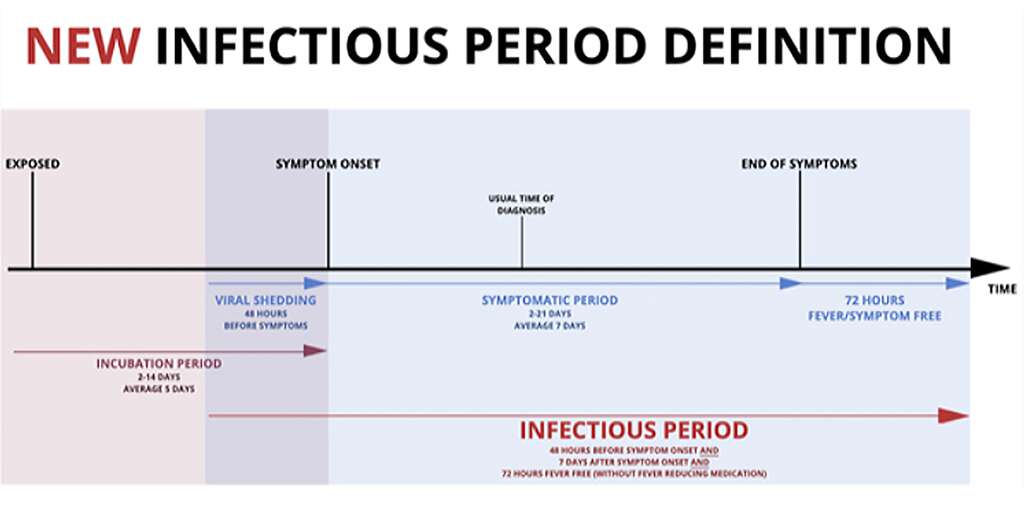Mondays with your MD – Urinary Tract Infections: Separating Fact from Fiction
Urinary Tract Infections
Urinary tract infections, or UTIs, are extremely common, especially in women. Dealing with them is no fun and often requires frequent trips to the bathroom, pain when urinating, and soreness in the lower abdomen, back or sides. Many turn to at-home remedies to tackle discomfort or try to change risky behaviors to avoid a repeat infection.
Unfortunately, there are plenty of myths out there about UTIs that can make recognizing the causes and finding effective relief difficult.

Separating Fact From Fiction
Myth #1: Taking AZO for my UTI is “Good Enough”
Although AZO may provide symptomatic relief, it can often mask underlying symptoms and delay seeking appropriate medical care. In addition, it can cause discoloration of urine making the infection more difficult to detect on examination.
Myth #2: Tampons Cause UTIs
Some women think tampons make them more prone to developing UTIs since tampons are placed inside the body, while other feminine hygiene products are kept outside of the body. However, tampon use may be even more effective at preventing UTIs than pads. Tampons can keep the area dryer, leaving less of a chance for bacteria to flourish and cutting down on the risk of infection.
Myth #3: Cranberry Juice Will Cure My UTI
The cranberry juice cure is one of the most commonly believed myths about treating UTIs. However, don’t for a minute think that a bottle of cranberry juice can replace a visit to your doctor or proper medication. It turns out cranberry juice isn’t nearly as effective as many people think.
Though some studies have demonstrated potential ability to prevent (not treat) symptomatic UTIs, there isn’t sufficient data to support routinely recommending it.
Myth #4: Only Women Get UTIs
Women definitely get UTIs more often than men. This is because the urethra, the duct that carries urine out of the body, is shorter in women, allowing bacteria to more easily reach the bladder. However, this is still a myth, as men can and do get UTIs. UTIs are more common in men who have not been circumcised and suffer from other medical issues including incontinence, prostate cancer or urinary tract stones.
Myth #5: Sex Causes UTIs
This one is both a myth and a fact. The real myth lies in the belief that only sexually active women get UTIs. Sex can definitely play a role, though, as bacteria near the vagina can inadvertently get into the urethra during sexual contact. Urinating after sex is CRUCIAL because it will allow your body to flush out vaginal bacteria that tends to get pushed into the urethra during sex.
Does this mean that abstinence is a sure-fire way to protect yourself from UTIs? Think again. In fact, women are most at risk for getting UTIs while pregnant or experiencing menopause or perimenopause. This is due to the change of hormones in the urinary tract during these times.






